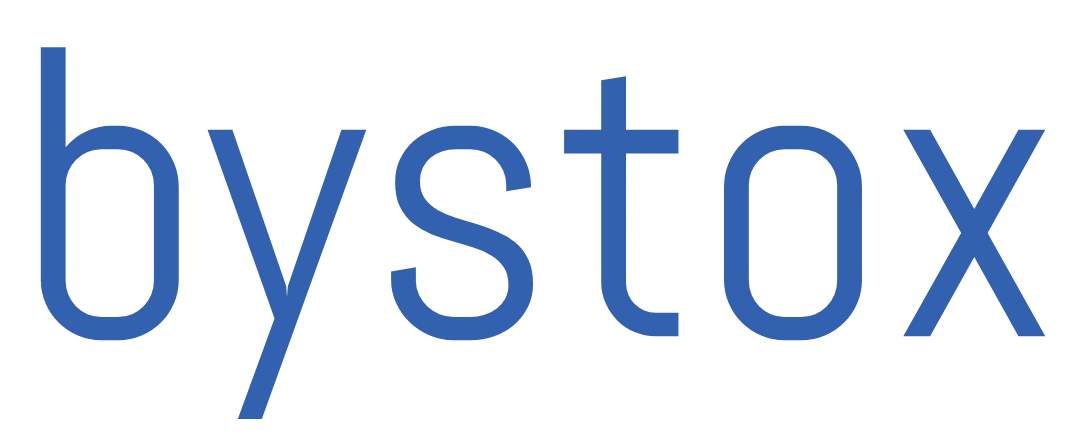Gold prices saw an upward trajectory on Tuesday, supported by a weaker U.S. dollar, as market participants eagerly awaited the release of key inflation data later in the week. Spot gold surged by 0.5% to reach $2,182.77 per ounce by 09:58 a.m. EDT (1358 GMT), after experiencing an earlier peak of 1.3% during the session. Similarly, U.S. gold futures for April delivery also registered a modest increase of 0.3%, reaching $2,183.00.
The decline in the dollar index by 0.1% bolstered the sentiment for gold, making the precious metal more appealing for overseas buyers by lowering its price in foreign currencies.
Bob Haberkorn, senior market strategist at RJO Futures, offered his perspective on the gold market, noting that the potential for rate cuts could drive further appreciation in gold prices, particularly as the summer approaches. However, he cautioned that any changes in the Federal Reserve’s stance on rate adjustments could alter this trajectory.
Market focus remains fixed on the imminent release of the U.S. Core Personal Consumption Expenditure Price Index data (PCE) scheduled for Friday. This data is highly anticipated as it is expected to shed light on underlying inflation trends, which will be crucial for gauging the Federal Reserve’s future monetary policy decisions and their potential impact on gold prices. Investors are closely monitoring these developments for insights into the broader economic landscape and its implications for the precious metal market.
Commenting on the potential impact of the forthcoming Core Personal Consumption Expenditure Price Index (PCE) data on gold prices, Bob Haberkorn, senior market strategist at RJO Futures, remarked, “If the numbers exceed expectations, we may see a temporary pullback in gold prices, but I anticipate any dips to be quickly bought up.”
However, investors may have to wait until next week to gauge the market’s reaction to the data, as trading activity is likely to be subdued during the Good Friday holiday.
Despite the imminent data release, non-yielding bullion has been buoyed by recent events, reaching a record high of $2,222.39 last week. This surge was fueled by indications from Federal Reserve policymakers suggesting potential rate cuts totaling three-quarters of a percentage point by the end of 2024.
Furthermore, gold prices continue to benefit from robust physical demand from Chinese households, undeterred by the metal’s record-breaking rally. The persistent buying appetite in China underscores the enduring appeal of gold as a safe-haven asset amid uncertain economic conditions.
Gold prices remain buoyed by ongoing purchases from central banks, with China’s central bank notably expanding its gold reserves as part of its strategic diversification efforts.
Nitesh Shah, a commodity strategist at WisdomTree, shed light on the driving forces behind central banks’ gold acquisitions, pointing out that the motivation stems from a desire to diversify away from G7 currencies. This move comes in response to the currency-related tensions that emerged following the Russia-Ukraine conflict in 2022, indicating a broader trend towards hedging against geopolitical uncertainties.
While gold continues to garner support from central bank purchases, the broader precious metals market witnessed a mixed performance during today’s trading session. Spot silver experienced a marginal decline of 0.4%, settling at $24.57 per ounce. In contrast, platinum exhibited modest gains, edging up by 0.2% to reach $904.62. Palladium, however, saw a slight dip of 0.2%, closing at $1,002.41 per ounce.
The ongoing strategic acquisitions by central banks, particularly China’s concerted efforts to bolster its gold reserves, underscore the enduring appeal of gold as a safe-haven asset amidst geopolitical and economic uncertainties. As central banks continue to diversify their portfolios, gold is poised to maintain its status as a key component of global reserve assets.

